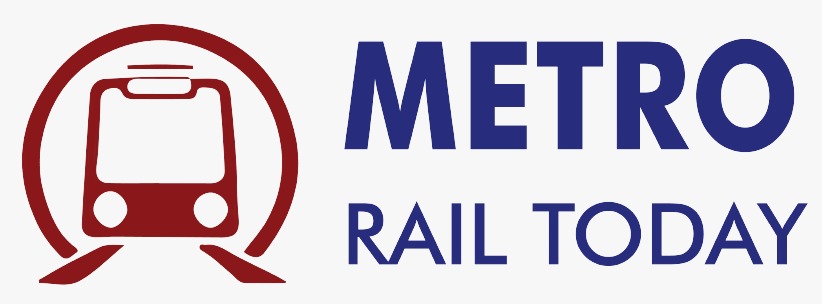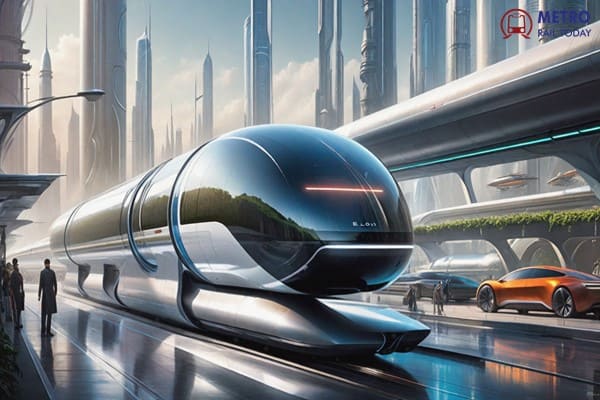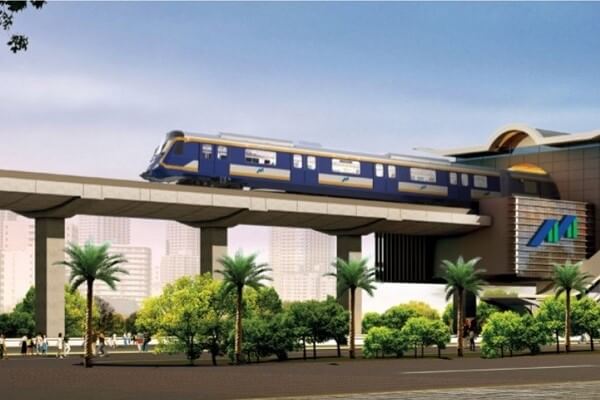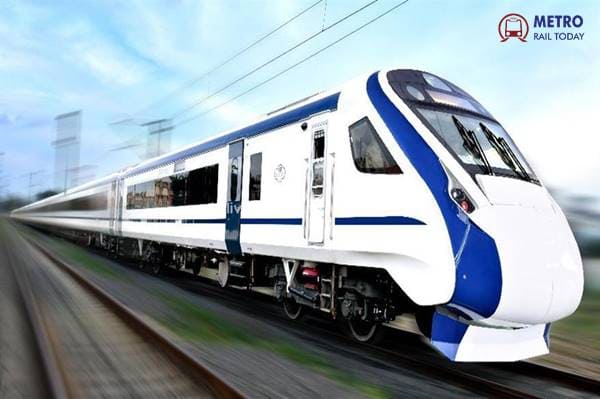 India to introduce 800 Vande Bharat Trains to redefine the future of Indian Railways by 2030
India to introduce 800 Vande Bharat Trains to redefine the future of Indian Railways by 2030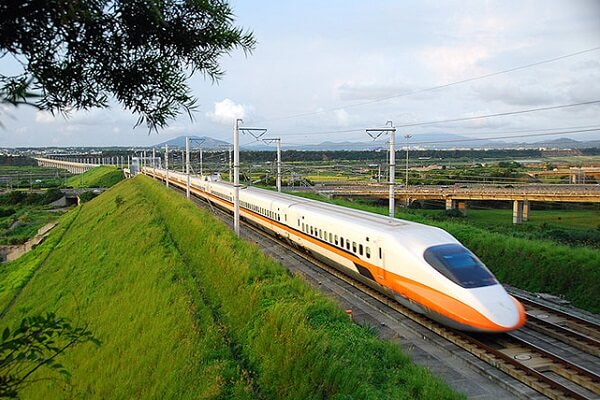 Indian Railways to develop 7,000 km of dedicated Passenger Corridors by 2047
Indian Railways to develop 7,000 km of dedicated Passenger Corridors by 2047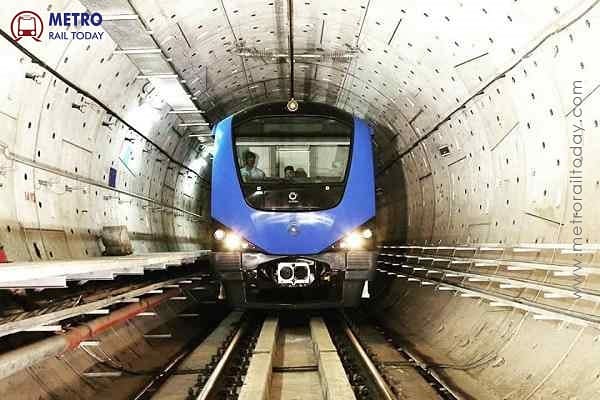 CMRL completes longest Twin Tunnel Breakthrough Drive for Chennai Metro Phase 2
CMRL completes longest Twin Tunnel Breakthrough Drive for Chennai Metro Phase 2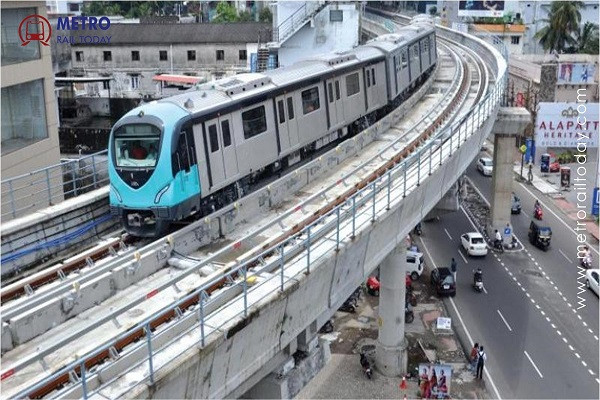 I-Metro calls for collaborative efforts to strengthen India’s Urban Rail Network
I-Metro calls for collaborative efforts to strengthen India’s Urban Rail Network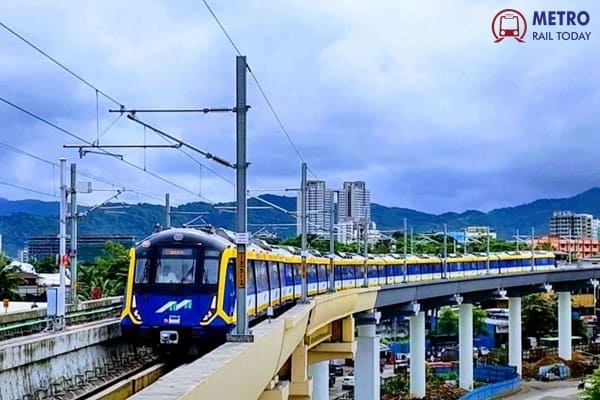 India Emerges as the World’s 3rd Largest Metro Rail Network
India Emerges as the World’s 3rd Largest Metro Rail Network NBC Bearings and iMRail Ink Strategic Pact to power India's Next-Gen Mobility
NBC Bearings and iMRail Ink Strategic Pact to power India's Next-Gen Mobility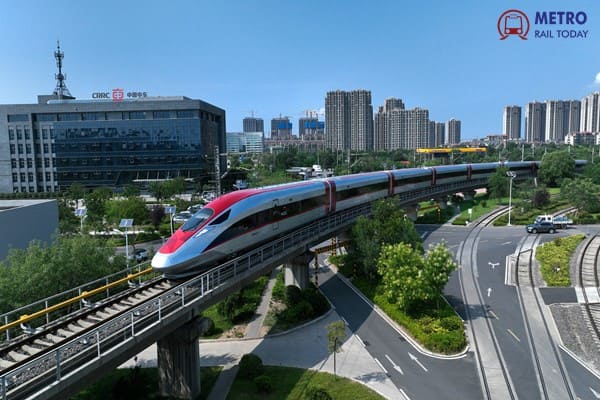 CRRC unveils the World’s First Driverless High-Speed Train capable of 200 km/h
CRRC unveils the World’s First Driverless High-Speed Train capable of 200 km/h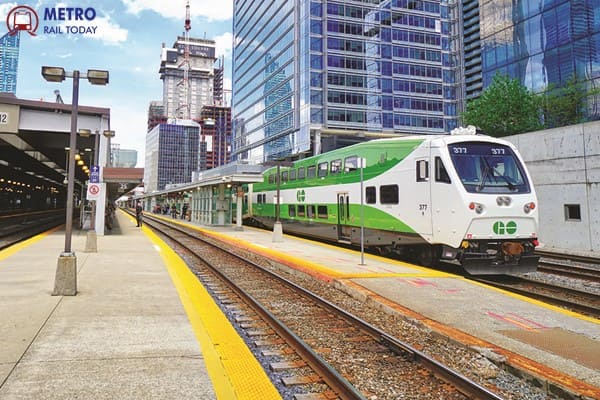 Lagos to begin construction of $3 Billion Green Line Urban Rail Project in December 2025
Lagos to begin construction of $3 Billion Green Line Urban Rail Project in December 2025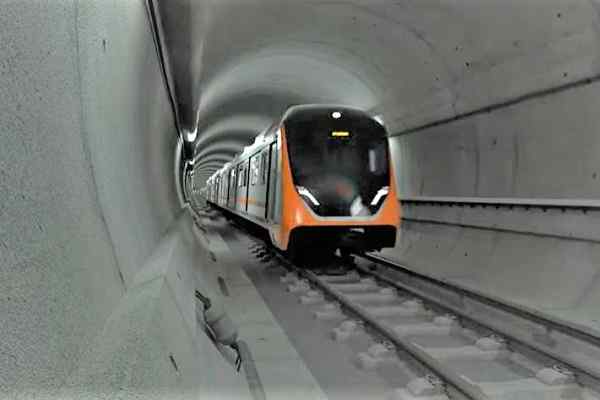 TBM Vidyarthi achieves Final Breakthrough at Kanpur Central for Kanpur Metro Orange Line
TBM Vidyarthi achieves Final Breakthrough at Kanpur Central for Kanpur Metro Orange Line Haryana approves Spur Line connecting Gurugram Metro from Sector 5 with Railway Station
Haryana approves Spur Line connecting Gurugram Metro from Sector 5 with Railway Station
Rail Industry to Focus on Customer Service and Digital Transformation in 2025
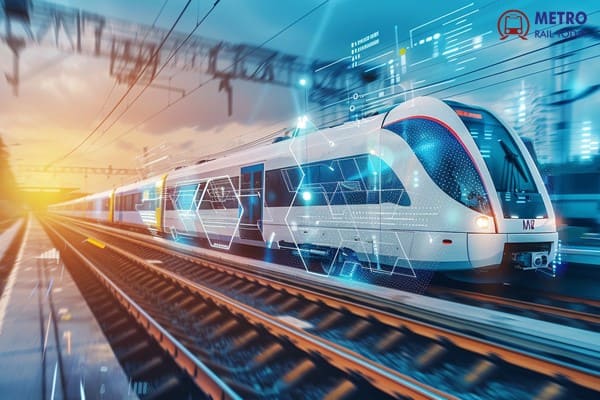
As the global rail industry continues to evolve, customer service and digital transformation are poised to become the cornerstone of the sector's growth and modernization by 2025. The industry, traditionally seen as one of the most reliable forms of transportation, is now adapting to the digital age with a focus on improving the passenger experience, enhancing operational efficiency, and integrating cutting-edge technology. In this article, we explore how rail companies around the world are embracing customer-centric strategies and digital transformation to redefine rail travel for the future.
The Global Shift: Rail Industry’s New Focus on Customer Service
Historically, the rail industry has been slow to adopt new technologies and improvements aimed directly at the customer experience. However, as competition from air travel, ride-sharing services, and private car ownership increases, rail operators are recognizing the need to modernize and enhance service offerings. Customer service is no longer just about punctual trains; it’s about offering seamless, personalized, and accessible experiences for passengers from the moment they book their tickets until they reach their destination.
By 2025, rail operators worldwide are expected to prioritize the following customer-centric trends:
1. Seamless Ticketing and Smart Solutions
Gone are the days of long queues and complicated ticketing systems. With the advent of digital wallets, mobile apps, and AI-driven booking systems, passengers now expect a seamless, cashless experience. Rail operators are increasingly investing in smart ticketing solutions, such as contactless payment options, mobile ticketing, and integrated multi-modal travel passes, which allow passengers to use one platform to book train, bus, or metro services.
Example: Germany’s Deutsche Bahn has already integrated a digital ticketing app that allows customers to purchase tickets, access travel information, and even claim refunds through their smartphones. The app features real-time updates, instant notifications, and personalized travel recommendations, which have significantly enhanced the user experience.
2. Enhanced Onboard Experience
In the age of digital technology, passengers demand more than just comfortable seating and punctual trains. The onboard experience is being transformed by technology to make journeys more enjoyable and productive.
In 2025, expect the following onboard innovations:
- High-speed internet connectivity: Fast and reliable Wi-Fi will become a standard offering on most long-distance and high-speed trains.
- In-seat entertainment: Personalized entertainment options, including on-demand movies, music, and interactive services.
- Smart seat reservations and customization: Passengers will be able to reserve seats based on preferences such as window view, proximity to toilets, or extra legroom.
Example: Japan’s Shinkansen is a leader in offering high-end customer service. The trains feature luxurious interiors, and passengers can access free Wi-Fi and premium dining services. The JR East has also introduced "Smart Seat" features that allow passengers to customize their seat experience through a mobile app, including adjusting the seat position, lighting, and even temperature.
3. Accessibility for All Passengers
An increasingly important aspect of customer service in rail transport is making train travel accessible to people with disabilities or those with special requirements. Digital transformation is playing a crucial role in this area, helping rail operators provide better accessibility options for all passengers.
From real-time accessibility information on mobile apps to voice-assisted technology for visually impaired passengers, the rail industry is striving to create more inclusive travel options.
Example: The UK’s National Rail has rolled out several initiatives to improve accessibility, including step-free access at train stations, personalized travel assistance for passengers with mobility challenges, and the development of accessible mobile apps that provide audio-visual information to assist those with hearing and visual impairments.
Digital Transformation in Rail: Driving Efficiency and Innovation
Digital transformation in the rail industry goes beyond just enhancing customer experience. It also includes the adoption of advanced technologies to streamline operations, improve safety, reduce costs, and optimize train schedules.
By 2025, rail operators are expected to focus on the following digital technologies to drive their operations:
1. AI and Predictive Analytics for Maintenance
One of the most impactful applications of digital transformation in the rail sector is the use of Artificial Intelligence (AI) and predictive analytics to manage and predict train maintenance needs. By 2025, AI-powered systems will predict failures before they occur, allowing for timely maintenance and reducing the chances of train delays due to mechanical issues.
Sensors placed on trains and tracks can collect real-time data on everything from engine temperature to track condition. This data is then analyzed by AI algorithms, which identify potential issues and alert operators before they become major problems.
Example: London’s Crossrail is utilizing AI-driven predictive maintenance systems to monitor train performance and optimize fleet management. This system helps predict when components such as brakes or engines are likely to need servicing, improving reliability and reducing downtime.
2. Autonomous Trains and Smart Signaling
Autonomous trains are one of the most exciting developments in the rail industry’s digital future. These self-driving trains will be capable of operating with minimal human intervention, relying on advanced AI, machine learning, and smart signaling systems. The implementation of ERTMS (European Rail Traffic Management System) and similar technologies will make rail travel safer and more efficient, ensuring that trains can run at higher speeds with minimal delays.
Example: The UAE’s Dubai Metro already operates driverless trains using AI and real-time data systems. Similarly, Alstom and Siemens are developing autonomous trains that could become the norm in the next decade.
3. Big Data and Real-Time Customer Insights
The rail industry is increasingly tapping into big data to improve customer service. By leveraging real-time data analytics, rail operators can offer personalized services, optimize train schedules, and improve operational efficiency. Data-driven insights will allow companies to better understand customer preferences, anticipate travel trends, and manage capacity to reduce overcrowding on trains.
Example: In France, SNCF is using big data analytics to provide personalized services to travelers. The company's "TGV Inoui" app offers real-time information on train schedules, delays, and platform changes, while also providing recommendations on nearby restaurants and attractions. Additionally, it analyzes passengers’ travel patterns to optimize future timetables.
4. Sustainability Through Green Technologies
Sustainability will also play a critical role in the rail industry’s digital transformation. With an increasing focus on reducing carbon footprints, rail operators will be investing in green technologies, including electric-powered trains, solar panels on trains and stations, and energy-efficient designs for rolling stock and infrastructure.
Example: The Netherlands’ NS Railways has become the first major rail company to run all of its trains using 100% renewable energy. They plan to further innovate by integrating more solar-powered stations and electric trains in the coming years.
Conclusion: The Future of Rail Travel
As we approach 2025, the rail industry is on the brink of a digital revolution that will reshape how we experience travel. The focus on customer service and digital transformation will make train travel more comfortable, efficient, and sustainable, offering passengers a new level of convenience and personalization. Whether it's through seamless ticketing, enhanced onboard services, or smart infrastructure, the rail industry’s move towards digital innovation will redefine travel for the modern age.
Globally, countries like Japan, Germany, the UK, and the UAE are already paving the way, and other nations will soon follow suit. With AI, big data, autonomous trains, and sustainable practices becoming integral parts of the industry, 2025 is set to be a transformative year for rail travel worldwide.
